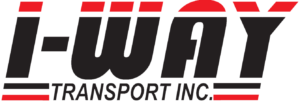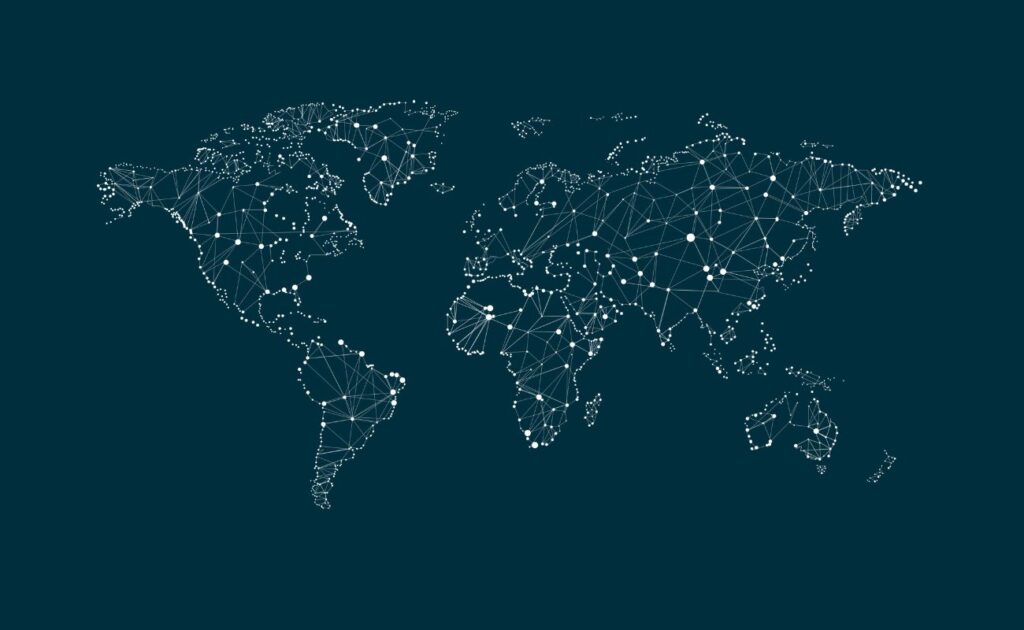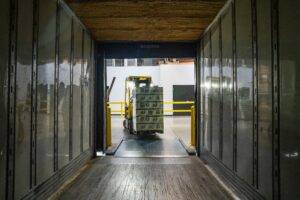The past year has been a trying one for businesses all over the world. From natural disasters to global pandemics, companies have faced an unprecedented number of challenges. One of the most significant challenges has been disruptions in every supply chain, which have led to shortages of essential goods and materials. In response to these disruptions, businesses are increasingly recognizing the need for greater visibility into their supply networks.
As a result, businesses are now looking for ways to create a global map of their supply network. By mapping out the entire supply chain, from raw materials to finished goods, businesses can gain a greater understanding of where their products come from and how they are transported. In this article, we will discuss the benefits of the supply chain and how you map your supply chain.
It’s crucial to comprehend what the term “supply chain mapping” implies before we look at why and how it works.
What is the Definition of Supply Chain Mapping?
In order to be successful, businesses need to have a well-run supply chain. By definition, supply chain management is “the coordination of production, inventory, location, and transportation among suppliers, manufacturers, distributors, and retailers.” In other words, it is the process of getting the right product to the right customer at the right time.
This process can be incredibly helpful in identifying areas of inefficiency or potential bottlenecks. It can also help to find supplier sources that may be lower cost or of higher quality.
Why is it important?
Being able to see the entire picture is often critical to success. The same can be said of the business, and in particular, the supply chain. Knowing where your materials come from, how they are delivered to you, and ultimately where they go after you are finished with them gives you a leg up on the competition. But more than that, it allows you to react quickly when problems inevitably arise.
If a supplier faces a shortage, for example, you will already have a plan in place to find a new supplier or adjust your production accordingly. If an order gets lost in the system, you will be able to track it down and get it back on track. In short, supply chain mapping is an essential tool for any business that wants to stay ahead of the curve.
The Advantages of Supply Chain Mapping
There are many advantages to supply chain mapping, but here are a few of the most significant:
Transparency and Visibility
Investors and consumers alike expect businesses to know where their products come from and how they are made. Transparency and visibility help to build trust between businesses and their customers. When customers know that a business is committed to being open and honest about its supply chain, they are more likely to continue doing business with the company.
Legislation Compliance
Compliance with legislation is a key concern for many businesses. The Modern Slavery Act and other laws require companies to demonstrate how they are addressing the issue of modern slavery, both within their own operations and in their supply chains. To do this effectively, companies must have a clear understanding of their supply chain, including who their suppliers are and the risks associated with modern slavery. By mapping their supply chain, companies can ensure that they are in compliance with legislative requirements.
Improve Risk Management
By understanding the flow of goods and services through the supply chain, companies can identify potential risks and take steps to mitigate them. This increased visibility can help to prevent disruptions and keep the flow of goods moving smoothly. In addition, mapping the supply chain can help businesses to identify opportunities for cost savings and efficiency improvements. By identifying bottlenecks and other areas of inefficiency, businesses can make changes that will save time and money.
Competitive Advantage
In today’s ever-changing business landscape, the ability to map out and understand your supply chain can be the difference between success and failure. By mapping out the supply chain, businesses can identify potential bottlenecks and issues before they happen. This can lead to shorter production times and quicker delivery times to the market. As a result, businesses can get their products to customers faster and more efficiently than their competition.
Optimize Inventory Levels
An important part of supply chain management is understanding where materials are coming from and how they are being used. By mapping out the supply chain, businesses can make sure that they always have the right amount of inventory on hand. This can help to reduce waste and save money in the long run. In order to optimize inventory levels, businesses need to consider the entire supply chain from start to finish. They need to track inventory levels at each stage of the process and identify any bottlenecks or areas of waste. Only by understanding the entire system can businesses hope to optimize their inventory levels and improve their bottom line.
How to Map Your Supply Chain?
Mapping your supply chain is critical to ensuring the smooth flow of goods and materials throughout your organization. Here are four key steps in the supply chain mapping process:
- Determine where suppliers and their suppliers are based by looking at procurement and existing supplier lists.
- Use a spreadsheet or data platform to connect information from several sources. Supply chains can shift frequently, and keeping supplier data up to date and centralized is critical.
- To assist you in prioritizing where to focus your efforts next, do a preliminary risk assessment.
- To discover what you need to know about your suppliers, utilize a variety of tools. Gather data on the status of supplier workplaces and the inherent risks connected with the nations and sectors they operate in.
Repeat these steps regularly to ensure that your understanding of the supply chain stays current.
If you require further assistance, the team at I-Way Transport is always available at logisitcs@i-waytrans.com
Supply chain mapping can be complex and time-consuming, but it is essential for ensuring that businesses can weather future disruptions. With a clear understanding of their supply network, businesses can make better-informed decisions about where to source materials and how to ship goods. In today’s uncertain world, that kind of knowledge can be the difference between survival and failure.




